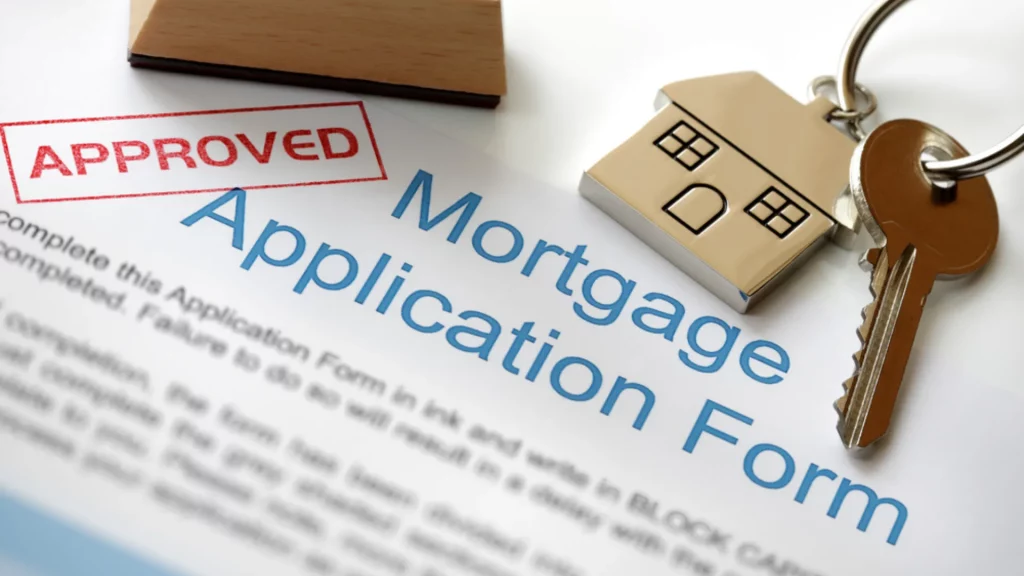The Federal Reserve has raised rates to the range of 5 – 5.25%. Its efforts to control inflation have shown slight improvement as prices have cooled down a bit. The Fed opted out of increasing rates in a recent meeting. But policy drafters have published forecasts that the Fed might raise rates further.
Since the rate hike began, the Fed has raised rates 10 times over the span of 15 months. Policymakers have published that there could be two more rate hikes. These rate hikes have not comforted the rockets of common citizens as advertised by the government; it will still be a burden on the debt-laden commoners and bear fruits for the wealthy.
This signals an increase in the costs of credit cards and mortgages. This means that mortgages will get costlier and continue being a significant burden on the borrowers. It will also be a nightmare for those Americans who intend to buy a new home or refurbish their current homes.
Anna N’Jie-Konte, the President of a wealth management firm, Re-Envision Wealth, said that Americans had been provided with a false sense of security of what the actual cost of debt is, with a prolonged lowered interest rate.
Impact on Credit Cards
Credit cards are directly proportional to the interest rates. This means borrowers under the pressure of payment will face another blow of increased costs. Such an increase will generally take place over the course of one or two billing cycles.
When the Fed began hiking rates around March last year, credit card rates were around 16%. On June 3, the average credit card rate was 20.44%, as per Bankrate.com.
Matt Schulz, the chief credit analyst at Lending Tree, discovered a hack for some relief on debts. He advised credit card borrowers to focus primarily on paying back the debt as rates aren’t coming down anytime soon. There is an option of 0% balance transfer offers which can be availed if the borrower has a good credit score. They can also negotiate with card issuers to lower their rates.
Impact on Mortgage Loans
Mortgages will have a severe negative impact as it directly correlates with the Fed’s rate stance and the basic sense of security of a person having his own home. Generally, floating-rate mortgages and home equity lines of credit are based on variable interest rates. They tend to increase in the span of two billing payments after a change in the interest rates. As per a loan rate comparison site, Bankrate.com, on June 7, the average rate for a home equity loan peaked at 8.48%, up from 4.45% just a year ago.
According to Freddie Mac, since 2002, mortgage rates have pierced into a multi-year high by going beyond 7% in October last year. It came down later in February this year to nearbout 6% and again started a northwards journey and climbed up to 6.71% till June 7. Back in the same time of 2022, the average rate for a similar loan was 5.23%.
Impact on Car Loans
Auto sales have been adversely affected due to rate hikes. An increased loan rate has weakened auto sales. The second-hand car market is more crippled as prices of cars haven’t come down; instead, car loans have got more expensive.
According to Edmunds.com, the average loan rate for new cars was up to 7.1% in May this year from 5.1% last year. The average loan rate for a used car is higher than for a new car. The average loan rate was 11% in May, a significant jump from 8.2% a year ago.
Avenues for Savings?
People willing to save money as deposits have had a great time as savings rates have shot up. Online savings account rates and one-year deposit receipts have peaked at their highs in over a decade.
The Fed’s increase in interest rates means that banks will increase interest rates on their deposits. Sometimes such increments don’t occur. Banks mainly increase rates whenever they wish to collect loads of money.
As per DeositAccounts.com, the average yield of an online savings account has shot up from 0.73% last year to 3.98% on June 1. Money market funds (MMF) are even more attractive as their issuer, and the brokerage firms closely track the Fed’s fund rate. Crane100 Money Fund Index tracks the largest money market funds, giving a rate of 4.91%.
